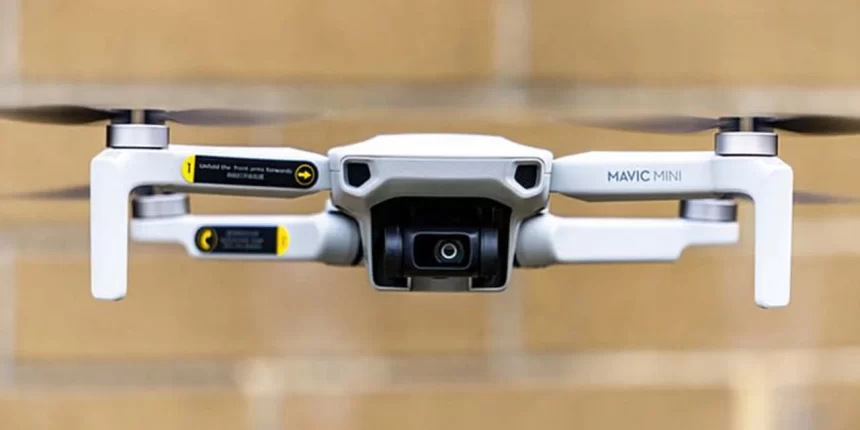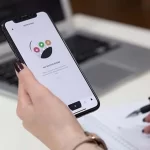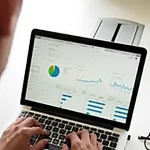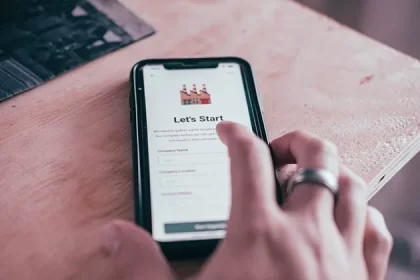In a crowded room, it is not possible to swing a selfie stick without smacking into someone thinking about the Internet of Things (IoT) or Artificial Intelligence (AI). For a couple of years now, these two developments have been front and center in the headlines and seem to shift from the phase of “interesting concept” to the phase of “wow, this is actually helpful”.Here is the Effects of COVID-19.
But then the COVID-19 pandemic came along, and the world beneath everyone’s feet shifted. Before they knew it, governments and healthcare institutions struggled to recognize and contain this terrifying disease in the war of their collective lives as it spread quickly from ground zero in Wuhan to the entire world. The fascinating thing to note is that the IoT and AI seem to be custom made to give a big helping hand in the battle, as both are inexplicably entwined with the Big Data framework.
To put it in simple terms, IoT helps to gather data efficiently and on a large scale, while AI is the intelligence that analyzes and makes sense of the data faster than any human team ever could. How are these technologies going to work in a world post-COVID-19?
Current IoT Devices Put to Work
The good thing about how the IoT has progressed is that the technology has already advanced to the point where many valuable tools already existed before being pressed into action for the COVID war. It wasn’t like everyone had to build everything from scratch. There were a few modifications, often related to security and personal medical record protection, and then they were ready to go.
Today, IoT companies are working together with NGOs and governments to develop emerging technology applications that can help combat COVID and benefit people and businesses.
These include:
Linked Thermometers
By now, you probably have intimate knowledge of how hospitals and stores use scanners to monitor the temperature when a person enters. Since fever is one of the fundamental symptoms of COVID, this IoT technology enables millions of devices to fuel data into a national database that allows real-time maps to be generated, showing at a glance where fevers may spike. This is useful knowledge to leap at a hot spot.Wearables
Sensors that can be put on by patients and staff allow data on vital signs such as the aforementioned temperature, heart rate, blood oxygen, and more to flow in real-time. When the individual is wearing it, it touches their face, one form of smart wristband records and behavior is believed to be one of the primary means of transmitting the disease. Another form of wristband monitors new arrivals to a country to ensure that they conform to the quarantine period in their home.Accounting
COVID-19 has also greatly affected how companies conduct payments and accounting, particularly as companies have been forced to move to virtual collaboration and remote work. Implementing IoT in accounting improves the data flow, as it helps accountants to access all financial-related information and real-time data digitally. Both of these would allow for quicker assessments of issues and risk analysis and enable companies to respond to problems much quicker than they could otherwise. In the future, business accountants would most definitely need to be well trained in the IoT.Robots
5G connected robots have been programmed to supply patients with food, drinks, and medicine. This not only reduces the time stress for the human staff but also reduces human interaction with COVID sufferers, thereby reducing the risk of transferring disease.Drones
Having gained success so far primarily as a tool for Amazon’s potential delivery force, drones have come into their own against COVID as front-line aids. Drones are deployed to use in a few ways: Carrying medical supplies to hot spots without endangering more human lives. This approach is quicker and eases road congestion on the vehicles. Monitor public gatherings to provide information to law enforcement when social distance and maximum occupancy limits are exceeded and used to spray disinfectants in public areas and vehicles traveling in or out of hot spots.Many of those tasks will be performed with AI technology support. Due to the almost clear-sighted capabilities of the technology, concerns have already been raised about privacy intrusions. While it is good to be concerned, we should keep in mind that AI is also being included in the development of privacy-preserving services. In other words, all sides of the equation will still have access to AI advances.
These are only a few of the ways the IoT technology has already helped in answer to COVID. With the scope of IoT increasingly expanding and anticipated to reach 20.4 billion devices by the end of this year, we should expect even more permutations to come out as the pandemic lingers.
Data Analytics on Steroids
AI brings to the point the ability to strike, process, and provide suggestions for human decision-makers to use a collection of IoT-collected data. Such suggestions become more focused and useful over time thanks to the learning abilities of the technology because the algorithm not only bases its analysis on an ever-growing amount of data but can also be guided by humans as to what makes a particular decision better than others given a collection of circumstances.
Many real-world ways that AI contributes are by working in tandem with the already described IoT devices. For instance, let’s look at the temperature gathering problem. It’s the IoT technology that allows readings from millions of different devices from all over the world to be taken and fed into one database. Then AI will take over-analyzing and organizing the bulk of data into a functional format like the hot spot maps.
Fast forward to a Vaccine
Developing a new vaccine from scratch usually takes at least eighteen months, and probably even five to ten years. We wouldn’t often have a chance of getting a vaccine until mid-2021 with research starting in earnest in January 2020, but these are far from usual times. Through AI’s aid, scientists believe they could cut months off the best-case estimate, probably delivering the solution by the end of the year. At least part of the credit for this expected success must go to AI and its ability to participate in already existing research’s unimaginably fast and sophisticated data mining. It is also predicted that AI will be able to recommend drugs already approved that could be modified to ward off COVID.
Conclusion
While IoT and AI technology have been used to counter the current pandemic, the healthcare industry has to communicate to policymakers and decision-makers how important it is to provide resources to expand the limits of these technologies. So far, they have been successful, but both are still in the infancy to achieve their full potential. The faster, the better when it comes to helping in COVID eradication.










